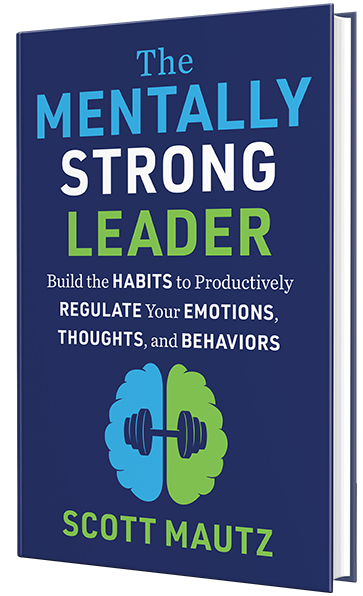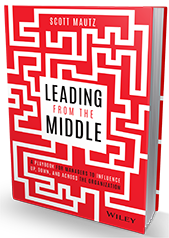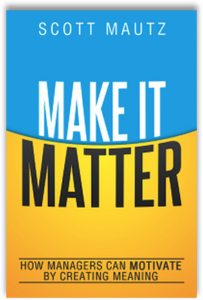
We’ve all worked for bosses that were quick to criticize and slow to praise. It doesn’t feel good. On the other side, working for bosses that give out praise like candy doesn’t feel good either–actually it doesn’t feel like anything, empty.
There’s a happy medium. You can give praise that has a substantively positive impact on employees.
Many leaders assume that the most meaningful praise and recognition comes 100 percent in a monetary form of some sort, such as through raises, promotions, or bonuses. But they’re often wrong.
As employee recognition expert Cindy Ventrice references in her book, Make Their Day, nearly 60 percent of the most meaningful recognition is in fact, absolutely, positively, free, such as through compliments, praise, and words of encouragement.
So, it’s about the meaning behind the praise, not the monetary value.
Employees are looking for meaning, not things.
You do better by your employees when you ensure the praise and recognition you are about to give them is meaningful. As in it deeply matters to the recipients; it’s significant enough to them that they’re highly moved and motivated, and want to perform even better for you.
You make that praise meaningful when you stop to ask yourself these four questions before proceeding.
1. “Do I know how to personalize so I don’t trivialize?”
A cookie-cutter approach to praising employees won’t work. Giving out the same praise the same way to everybody will make all that effort seem trivial and will have the opposite effect of what was intended.
Take time to understand how each employee likes to be recognized. They might like that praise to come in public, in front of peers. Others would rather get a stick in the eye before being praised publicly, preferring it to happen in private. How do you solve the great mystery of how employees like to receive praise?
Ask.
When you’re certain you know the employee’s preferences, proceed. And make sure you’re specific about what you’re praising the employee for. General praise leads to general malaise.
2. “Will this feel like it comes from the heart?”
If the praise comes from the heart it sticks in the mind. So deliberate the delivery of the praise before you deliver it; how you do so can stick the landing or crash the landing.
Said another way, don’t kill the intent. Let your words and actions behind the praise flow as much from the heart as the head. People can sense heartfelt praise from a mile away–and the opposite. They usually don’t recover from the latter.
3. “Am I being frequent with the praise, but not frivolous?”
Missed opportunities to reward and recognize are missed opportunities to energize. So by all means, be frequent. Just don’t cross over into being frivolous with your praise. The praise should be truly warranted, and for something that has been clearly and broadly established as reward-worthy. This also helps keep it fair. And be sure to celebrate results, not just activity.
That said, celebrate first downs and touchdowns. Meaning, celebrate big milestone results but also “gate” results or feeder results that led to the big result. It’s also important to deliver the praise as soon after the event deserving praise as you can–timeliness is key or it becomes meaningless.
Finally, in terms of frequency, keep in mind a helpful rule of thumb. You should be giving about five pieces of praise/positive feedback for every one corrective piece of feedback.
4. “Is there an opportunity to get everyone in on the act?”
Ventrice talks of the 50/30/20 rule in her book. It says that employees want praise from a variety of sources. It’s meaningful when the majority of the praise (50 percent) comes from the boss, 30 percent comes from peers, and 20 percent comes from the organization. This point is about that 30 percent.
Consider adding in supporting comments from peers to the praise you’re about to give. If you’re giving the praise in a public fashion, have co-workers prepared ahead of time to add their supporting comments.
You can even encourage peer to peer praise to happen in a more grassroots manner. I’ve seen tactics for this as simple as putting “Appreciation Stations” up in your building–displays filled with blank recognition cards that any employee can take to praise another employee. Simple. Meaningful.
So before giving praise to that next employee(s), ask yourself a few questions. The answers can lead to meaning–and deep motivation.




Leave a Reply